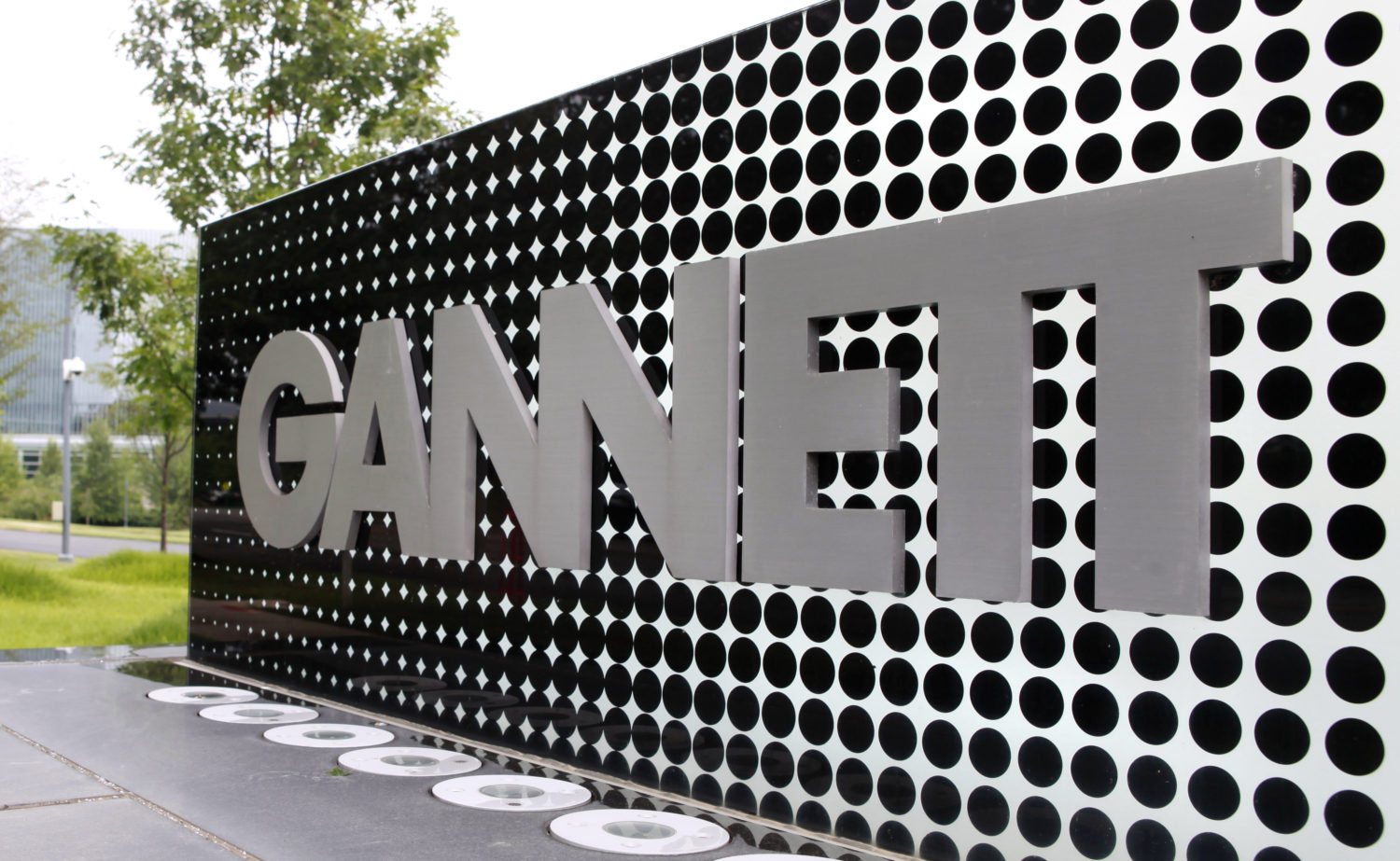As expected, on Thursday shareholders of Gannett and New Media Investment Group (parent of the GateHouse chain) approved a merger of the two companies. The combination will take place Tuesday, Nov. 19.
The deal had been announced in mid-August as a $1.4 billion purchase of Gannett by New Media. But New Media shares have declined so much in the meantime (from $10.70 to $6.88) that the value of the transaction fell to $1.13 billion.
Big layoffs are looming as the combined company (to be called Gannett) attempts during the next several years to deliver a promised $275 million to $300 million in cost-saving synergies.
The larger challenge, though, may be to engineer a full transformation to digital news at its 266 daily outlets and create a widened digital revenue base.
Mike Reed, CEO of New Media and the merged company, said as the deal was announced that together the two companies now get 25 percent of their revenue from digital, the rest from print. That’s a long way to go.
How does new Gannett propose to get there?
Yesterday’s announcement said that together the two companies have been growing paid digital subscriptions and now have 824,000. Spread over 250-plus properties, that is a little more than 3,000 each.
The biggest metros have more impressive numbers, led by Gannett’s Milwaukee Journal-Sentinel at roughly 40,000. Probably half a dozen more are above 20,000. However, a number of those subs are at a discounted introductory rate, hence not generating much revenue — and there’s no sure bet readers will renew when the price goes up.
Gannett’s flagship USA Today presents a special problem. Throughout its history, the USA Today site has been free. There are opportunities to charge for premium-level membership or for a vertical site — for instance, covering a sport or team. But flipping a switch to turn from free to paid would drastically disrupt traffic to the main USA Today site.
The companies have been vague about other revenue strategies but a basic outline is clear. Gannett and GateHouse bring different strengths to the party, so greater scale will be a plus.
Gannett’s USA Today Network, for instance, has well-developed national sales efforts. It will now be able to offer placements in all or a selection of GateHouse regional outlets as well as the current 109 Gannett regionals.
GateHouse has a well-developed event business including a way of staging local high school awards banquets that can work in any market. It acquired a company that stages running events and has also cultivated relationships with NASCAR tracks. All of that can be spread to Gannett markets.
Gannett’s new CEO Paul Bascobert, who will be operating CEO of the new company, comes not from a news operation but from a specialized wedding site, The Knot. He has not been available for interviews, but the hope seems to be that he can bring new digital initiatives like direct sale of products and services to users and paid listings by vendors. That was the heart of a formula to remake The Knot’s business model.
In pursuing paid digital subs, the company’s outlets will face the challenge of producing enough news with appeal to win over the local audience.
At both companies (as throughout the industry) newsroom staffs have been reduced as revenues and profits contract. That is particularly true in the smallest markets. Sources have told me that at each company at least a third of the titles are so-called “ghost newspapers” with as few as one, two or three locally based reporters or editors.
(My emails to representatives of each company seeking more information have not been returned.)
As I wrote in a preview report Wednesday on the merger, staff reductions including newsroom cuts are imminent with another round planned for early 2020. I was told today that the first of these have now been pushed to the first week in December.
The NewsGuild had produced a position paper highly critical of the deal and resurfaced that today. A statement quoted guild president Bernie Lunzer as saying, “Local papers will likely vanish, jobs will be slashed, and reporting will suffer.”
When I spoke with CEO Reed some time back as he negotiated a first contract with new guild chapters, he said he tried to make the point that changes, including cuts, will help preserve jobs five years from now.
But the rank and file doesn’t see it that way. And paying interest and principal on the $1.8 billion loan from Apollo Global Capital, which is financing the deal, is going to put that much more pressure on labor-management issues.
Rick Edmonds is Poynter’s media business analyst. He can be reached at redmonds@poynter.org.







